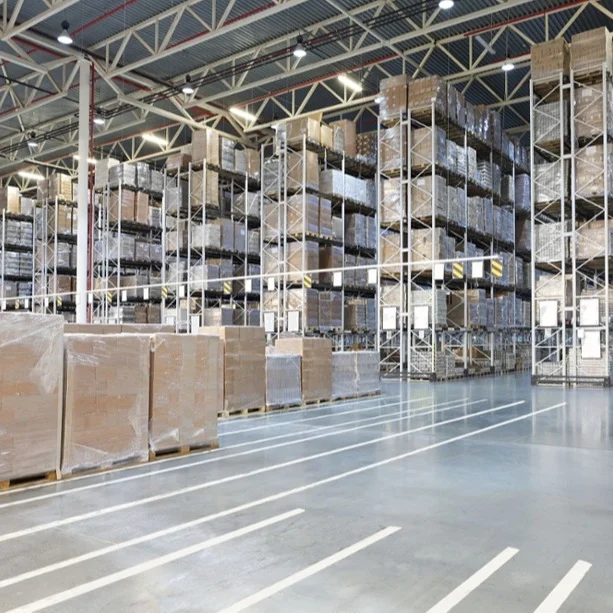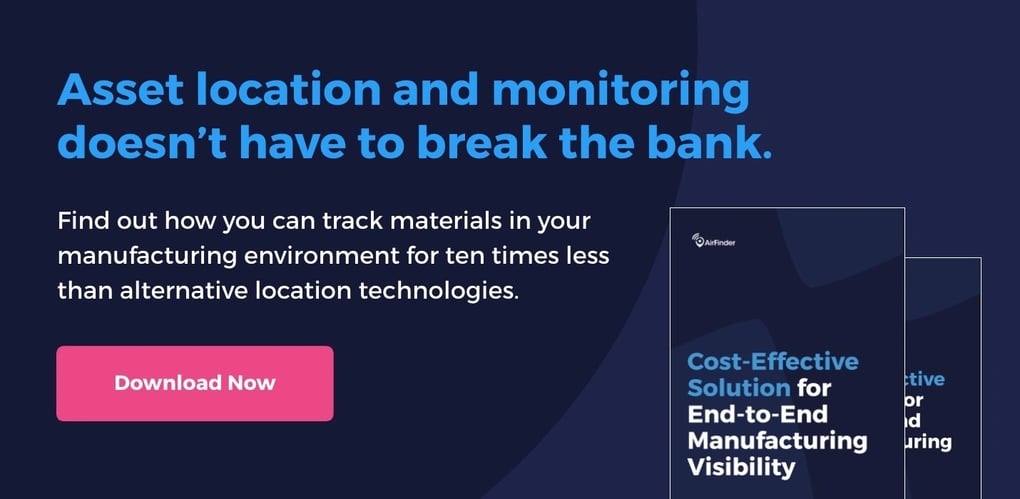Tracking the indoor location of tools, people, or equipment is a challenging technical problem. Everyone is familiar with GPS, whether on their phone or in their car, but GPS only works outdoors. GPS satellite signals are very weak, and cannot penetrate the roof of nearly any structure.
When trying to track and locate indoors, a solution needs to be “installed” meaning that there is no technology that can locate tags indoors without also installing some sort of “readers” or “references” in at least some portion of the facility.
There are three basic technology types which can be used to locate tags indoors:
- Presence-Based
- Proximity-Based
- Time-Based
Presence-Based is the simplest. Here the “reader” device detects a tag (or doesn’t), and that is it. It makes no further measurement about where specifically that tag could be. It’s either here or not here. Examples of presence based are Passive RFID and Presence-Based Active (BLE). Infrared detection (IR) is another example, where an IR signal (think TV remote control) is picked up by a reader in a room. IR is commonly used in hospitals for asset tracking.
Proximity-Based is when the signal reader determines how close a tag is based on the received power (Received Signal Strength Indication - RSSI). Then an active tag, like a BLE proximity tag is “beaconing” the approximate distance away from the reader can be determined based on how “loud” the tag is. There are several Wi-Fi based RSSI tagging systems that use the RSSI of a tag as received a number of Wi-Fi access points as the basis of location.
The AirFinder system uses proximity, but the “beaconing” part of the system is a network of “location beacons” which are fixed in rooms and areas of interest. The AirFinder tags, then calculate their position relative to these beacons. The main advantages of this approach are that the precision of the system can scale up and down in different areas, and fewer “connected” readers are needed, which drives down cost and complexity.
Time-Based systems are the most complex and rely on the measurement of time (and thus distance) between the tag and the readers. Unfortunately, the measurement of distance using radio signals (especially indoors) is actually much harder than it first seems. For one reason, the speed of light is extremely fast, so you have to have very accurate readers in order to make measurements that are meaningful indoors. Light (and radio signals) travel 300km in 1 millisecond. A phenomenon called multipath also creates challenges for time-based systems indoors. Ultra-Wide Band and some Wi-Fi based tagging systems use time-based measurements. Ultrasound is another lesser used technology for time-based measurement, which has the advantage of using much-slower sound waves. Sound only travels about 1 ft in a millisecond.
Now, which one is best?
You guessed it, it depends. Probably the most important factor is not a technical one, but a business one. Namely, how much precision does your use case require, and what is the value created by additional precision?
For use cases where precision is important, an expensive UWB system is probably worth it. If you need to know exactly which shelf in a large warehouse contains the barcode that was just scanned, UWB is the way to go. However, if you need to find a large object in a mostly empty room, UWB is overkill, and a proximity or presence based system will work just fine.
One key advantage of the AirFinder system is the ability to scale up and down precision in different areas. A crowded storeroom might have 8 location beacons in it, while the loading dock might only need one.





